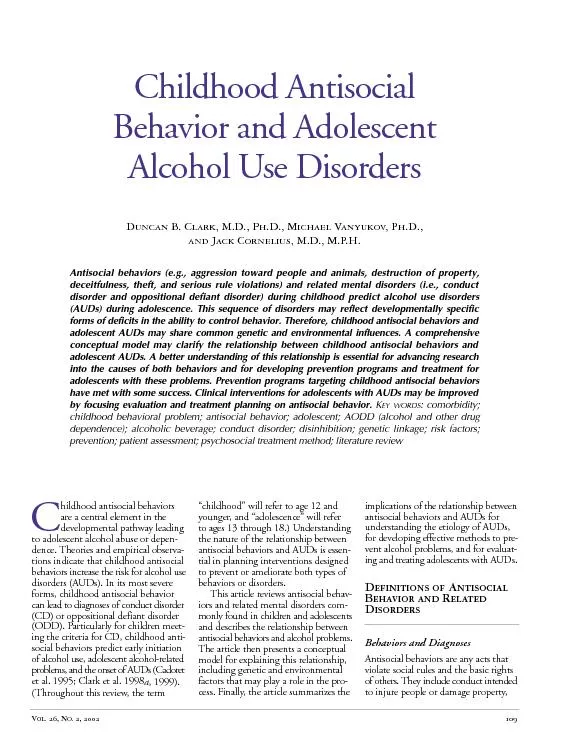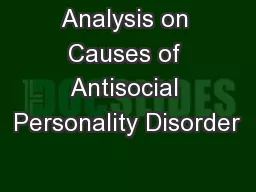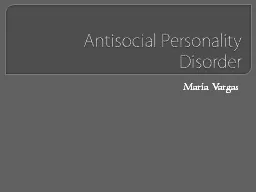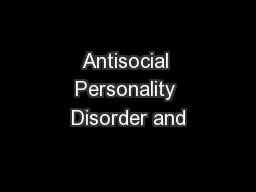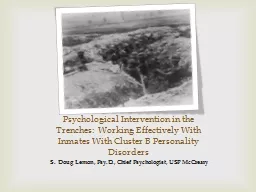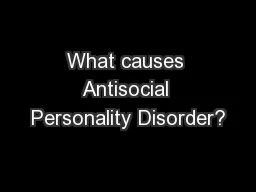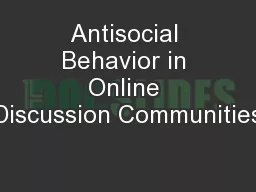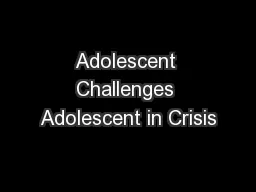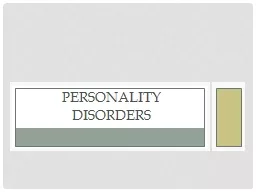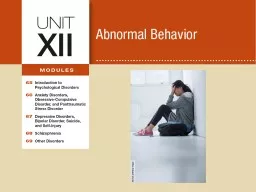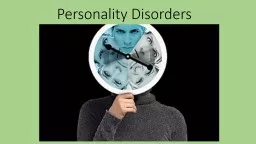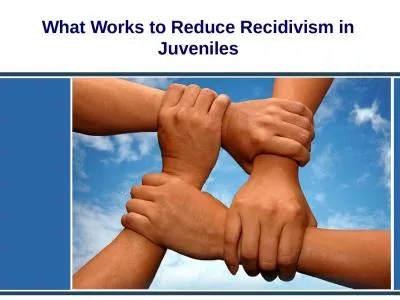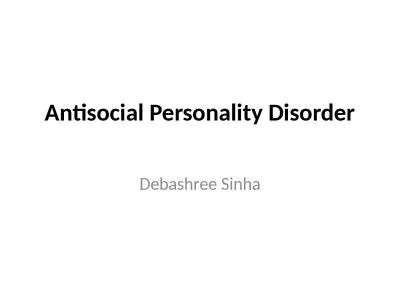PDF-Childhood Antisocial Behavior and AdolescentAlcohol Use Disorders .
Author : tatiana-dople | Published Date : 2016-09-17
Duncan B Clark MD PhD Michael Vaov PhD and Jack Cornelius MD MP C hildhood antisocial behaviors are a central element in the developmental pathway leading to adolescent
Presentation Embed Code
Download Presentation
Download Presentation The PPT/PDF document "Childhood Antisocial Behavior and Adole..." is the property of its rightful owner. Permission is granted to download and print the materials on this website for personal, non-commercial use only, and to display it on your personal computer provided you do not modify the materials and that you retain all copyright notices contained in the materials. By downloading content from our website, you accept the terms of this agreement.
Childhood Antisocial Behavior and AdolescentAlcohol Use Disorders .: Transcript
Download Rules Of Document
"Childhood Antisocial Behavior and AdolescentAlcohol Use Disorders
."The content belongs to its owner. You may download and print it for personal use, without modification, and keep all copyright notices. By downloading, you agree to these terms.
Related Documents

